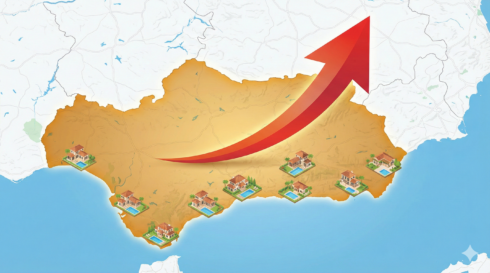THIS July 31, Spain will return a tiny island to French control as part of a bizarre treaty dating back hundreds of years.
At just 200 metres in length and 40 metres in width, Pheasant Island is the world’s smallest territory with joint custody, and swaps between French and Spanish ownership twice a year.
The land area is located in the Bidasoa River which separates Irun, in Spain, and Hendaye, in France, and has long been subject to competing territorial claims.
READ MORE: Why is Gibraltar British and not a part of Spain? All you need to know about the Treaty of Utrecht

Between February 1 and July 31, Spain officially holds ownership of Pheasant Island – for the remaining six months of the year, the French take over.
The island is uninhabited and, unfortunately, home to zero pheasants.
But it has an important place in European history – the island was the location for the signing of the Treaty of the Pyrenees, thanks to its neutral location, which formally ended the Franco-Spanish war which had begun 24 years prior in 1635.

That treaty formally inscribed Pheasant Island’s role as a condominium, the term used for a political territory which multiple sovereign powers formally agree to share.
Visitors are only allowed on the island on rare occasions, including for the biannual handover where the island hosts an official ceremony attended by delegates and diplomats from both countries.
At its center lies a huge monolith, akin to the Cenotaph in London, which commemorates the Treaty of the Pyrenees negotiated at that very point.

The status of the island has become a lasting symbol of peace between the two neighbouring European countries.
Click here to read more Spain News from The Olive Press.








